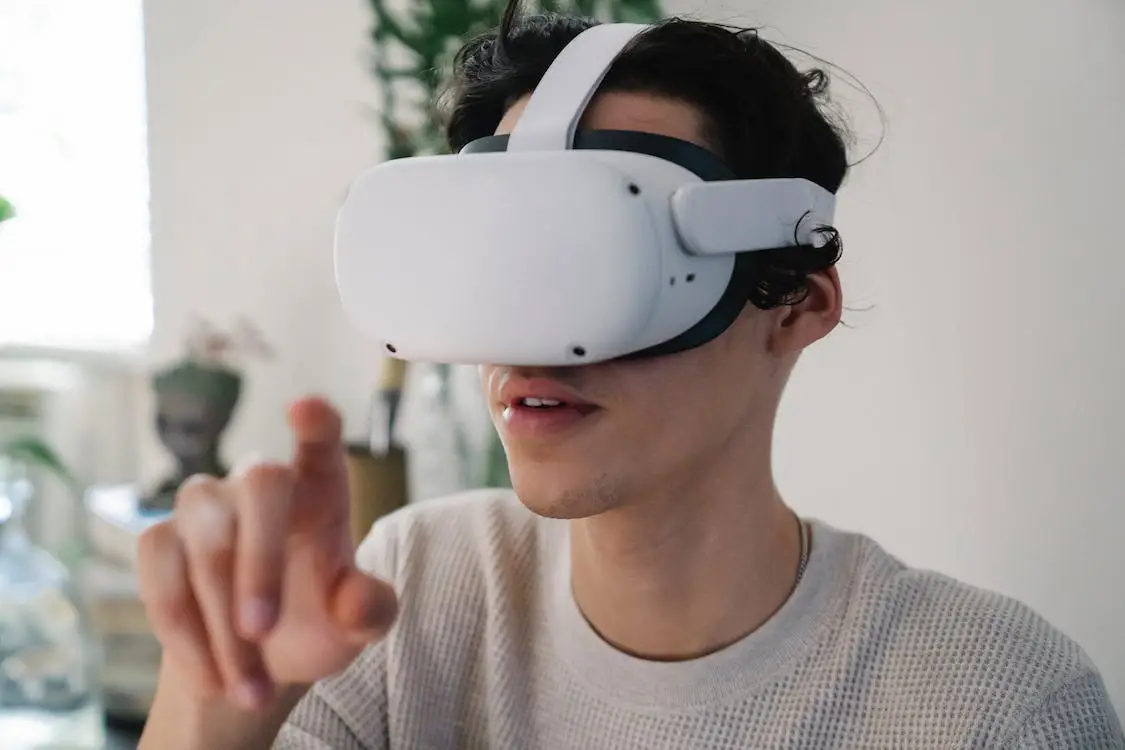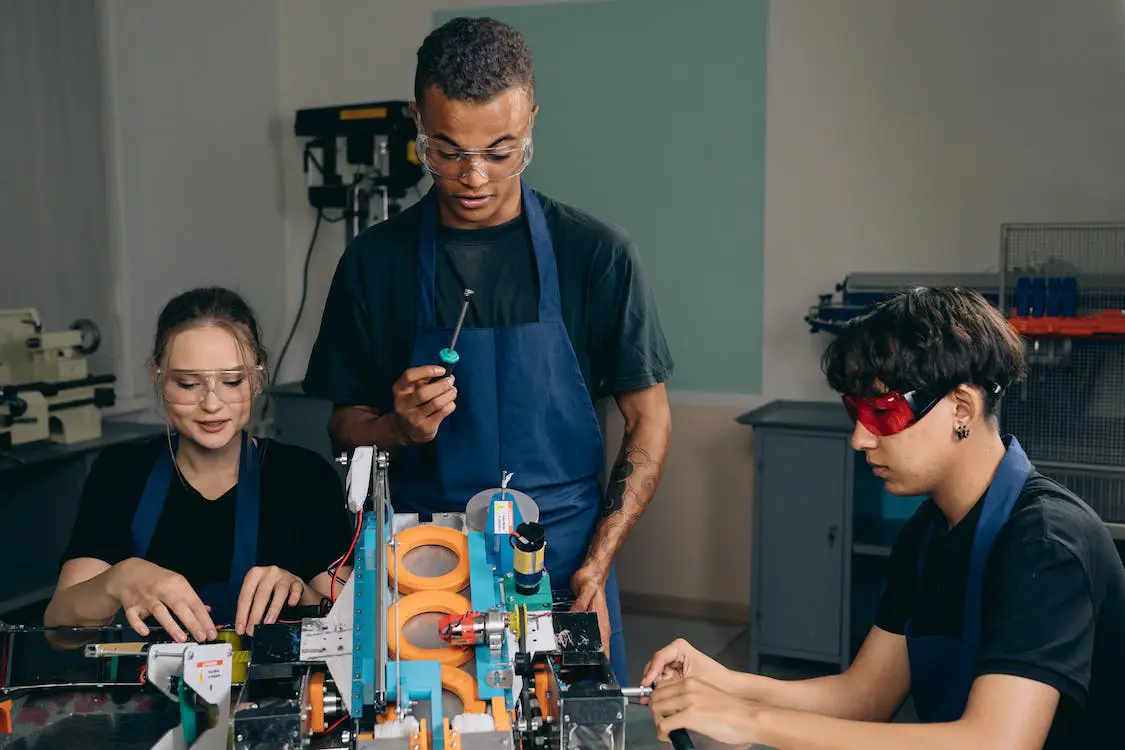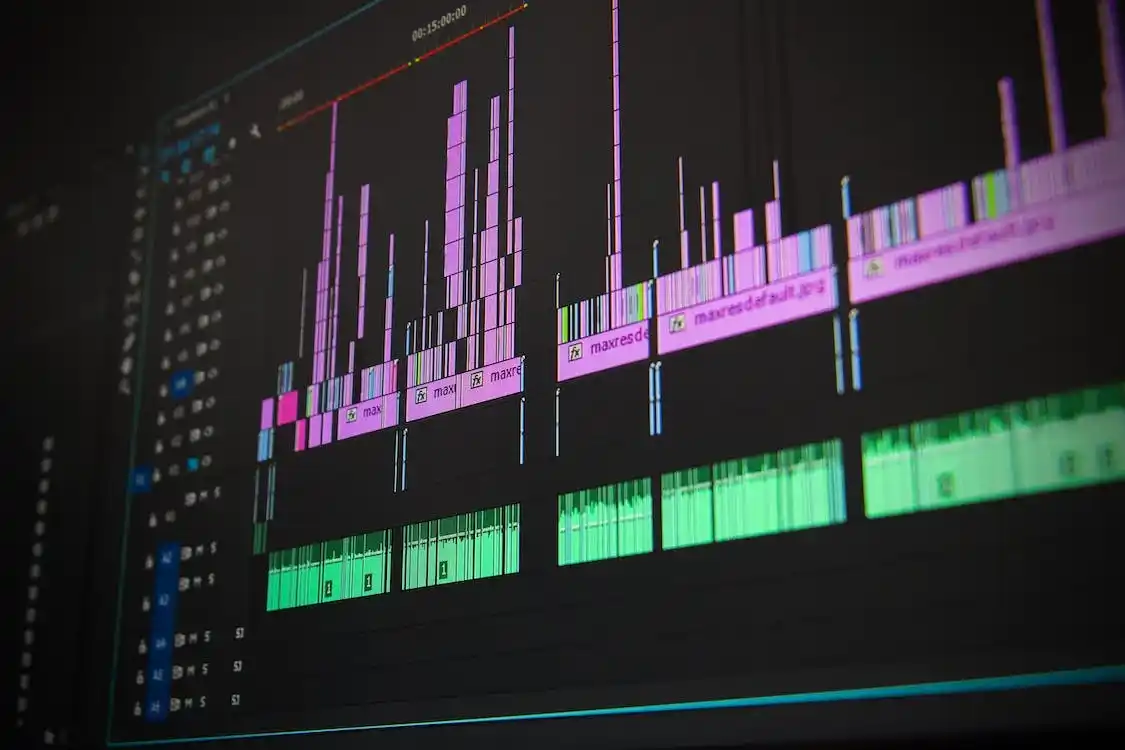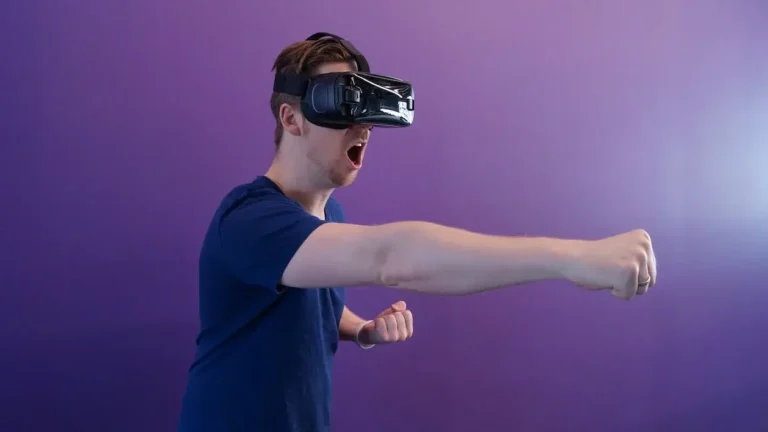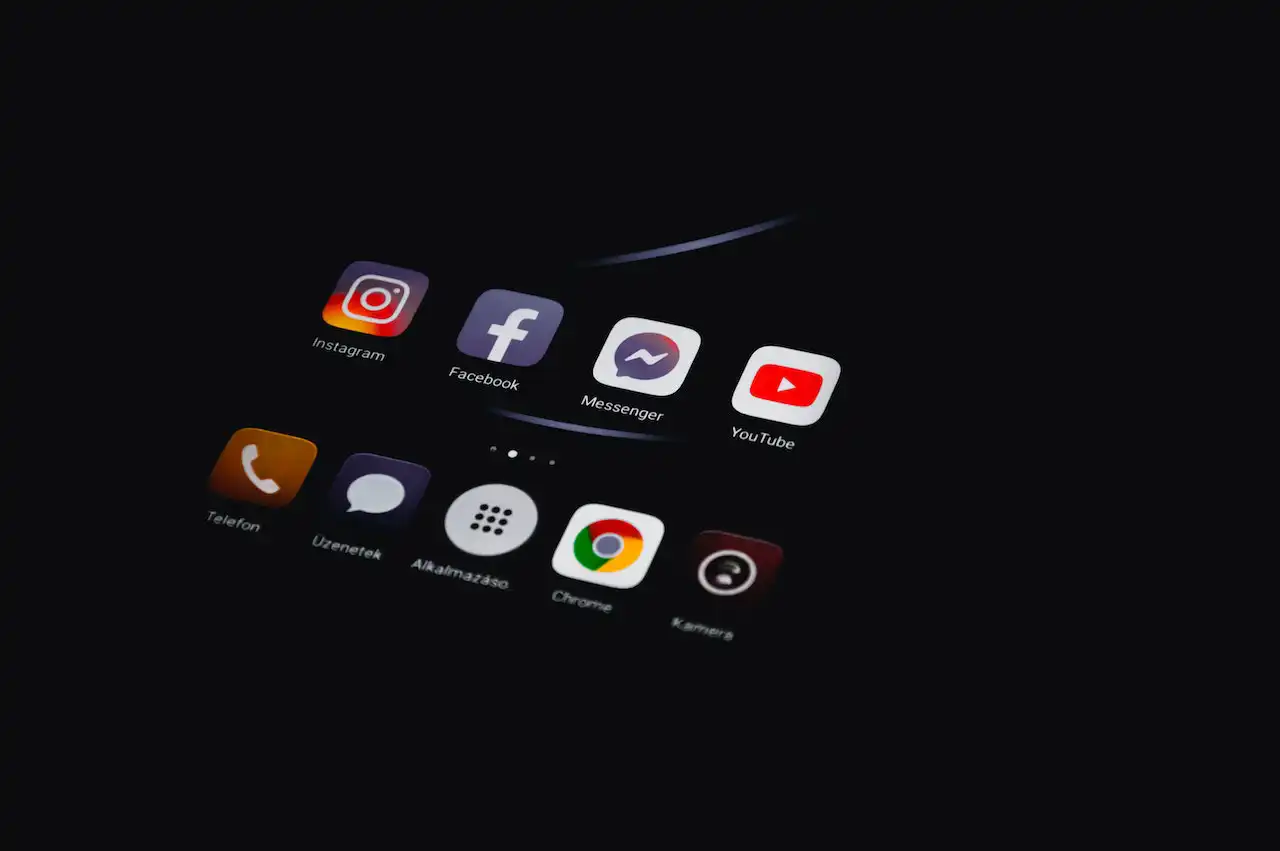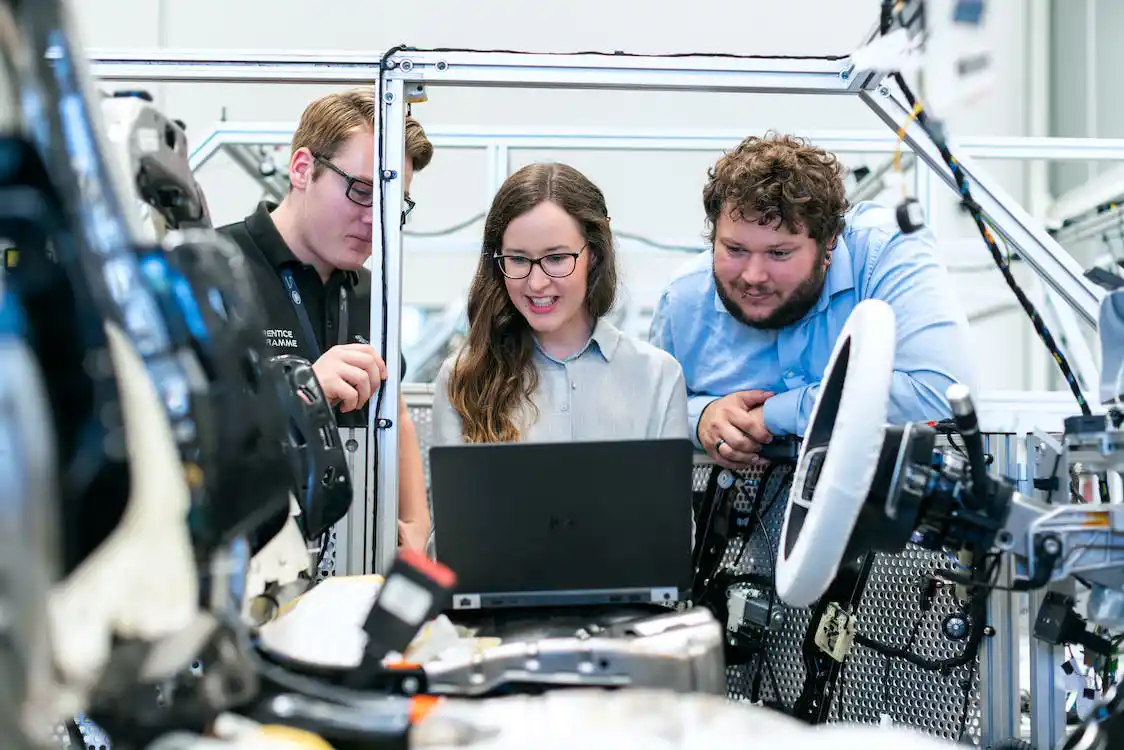Wearable technology has evolved significantly in recent years, with devices that were once considered futuristic now becoming mainstream. From fitness trackers to smartwatches, wearable technology has become an integral part of our lives. However, the potential of wearable technology is still largely untapped, and the industry is poised for even more growth in the future.
The Current State of Wearable Technology
Wearable technology has already made a significant impact on the world. Fitness trackers, for example, have become incredibly popular, with devices like the Fitbit and the Garmin Vivosmart helping people track their steps, calories burned, and other health metrics. Smartwatches, like the Apple Watch and Samsung Galaxy Watch, offer a wide range of features beyond just telling time, including the ability to make phone calls, send text messages, and track fitness goals.
Wearable technology has also become increasingly specialized. Smart glasses, for example, offer augmented reality experiences, while wearable medical devices, like glucose monitors and heart rate monitors, allow patients to monitor their health in real-time. Wearable technology has even made its way into the fashion world, with companies like Louis Vuitton and Gucci releasing smartwatches and other wearable devices.
The Future of Wearable Technology
The future of wearable technology is bright, with analysts predicting that the industry will continue to grow at a rapid pace. One area where wearable technology is expected to make a big impact is in healthcare. Wearable medical devices, for example, are already being used to monitor patients remotely and provide real-time data to healthcare providers. As the technology improves, wearable medical devices are expected to become even more sophisticated, allowing for more accurate diagnoses and better patient outcomes.
Wearable technology is also expected to play a significant role in the workplace. Smart glasses, for example, can be used to provide workers with real-time information, such as instructions on how to complete a task or how to troubleshoot a problem. Smart gloves can also be used to improve workplace safety by detecting hazards and alerting workers to potential dangers.
Another area where wearable technology is expected to make an impact is in sports and fitness. As the technology improves, wearable devices will be able to track a wider range of health metrics, including hydration levels, muscle fatigue, and even emotional states. Wearable devices will also become more comfortable and stylish, making them even more appealing to consumers.
The Challenges of Wearable Technology
Despite the potential of wearable technology, there are still several challenges that must be overcome. One of the biggest challenges is battery life. Many wearable devices require frequent charging, which can be inconvenient for users. Additionally, the cost of wearable technology can be prohibitive for some consumers, especially for more specialized devices like medical wearables.
Another challenge is privacy and security. Wearable devices can collect a significant amount of personal data, including health information and location data. This data must be protected to prevent it from falling into the wrong hands.
Conclusion
Wearable technology has come a long way in a relatively short period of time, and the future looks bright. As the technology improves, wearable devices will become even more useful and more integrated into our daily lives. However, there are still challenges that must be overcome, particularly around battery life, cost, and privacy and security.
Best Articles
Read about Wearable Technology








